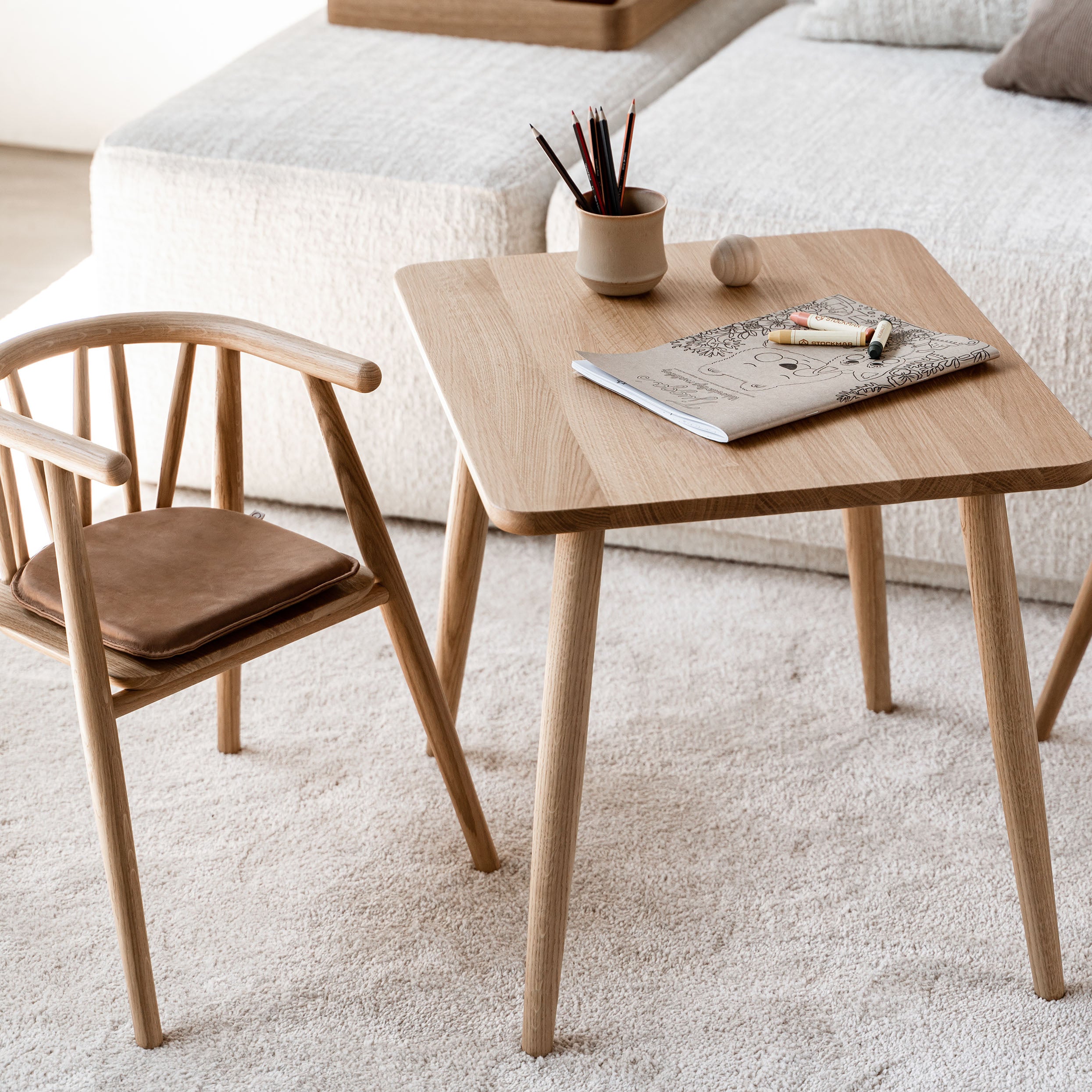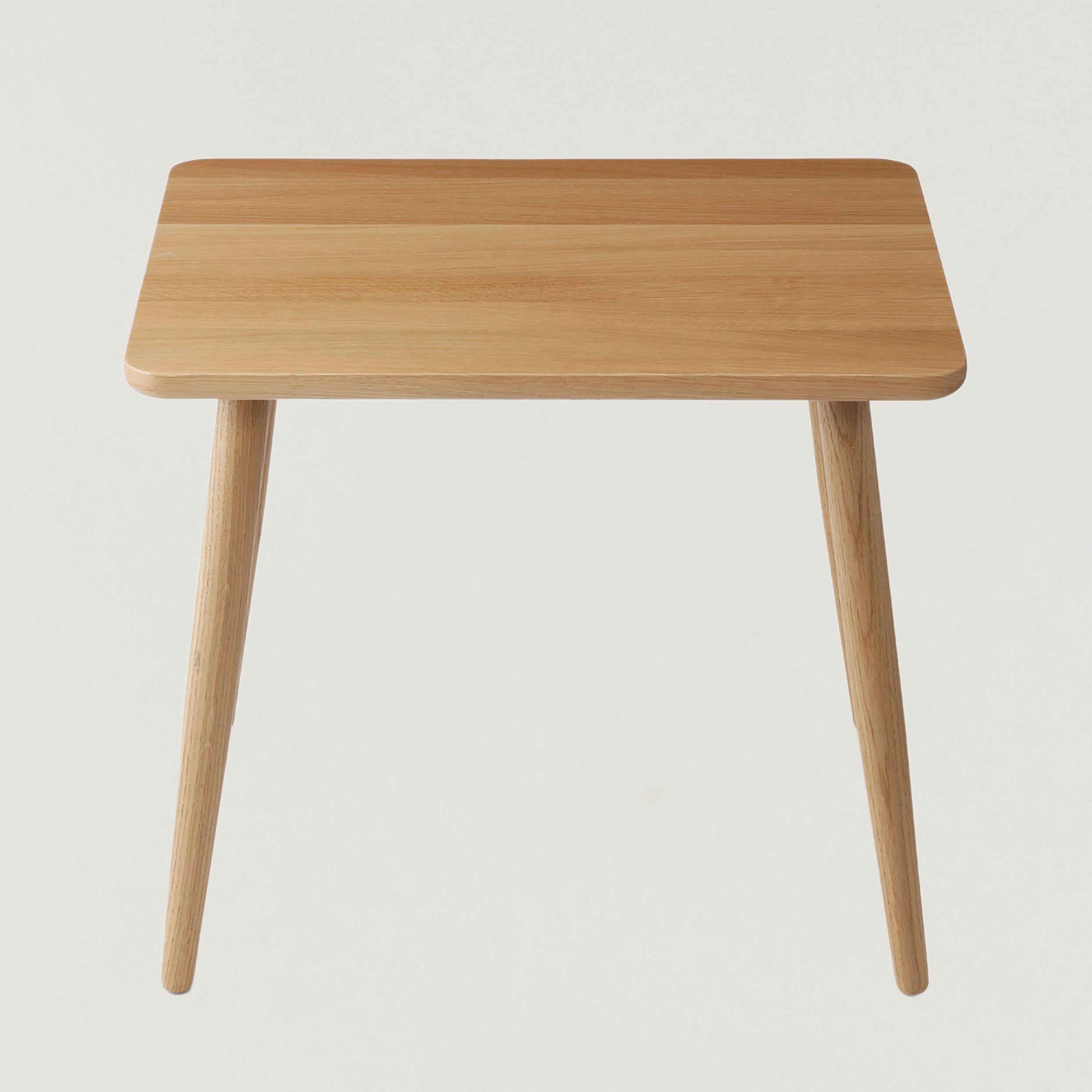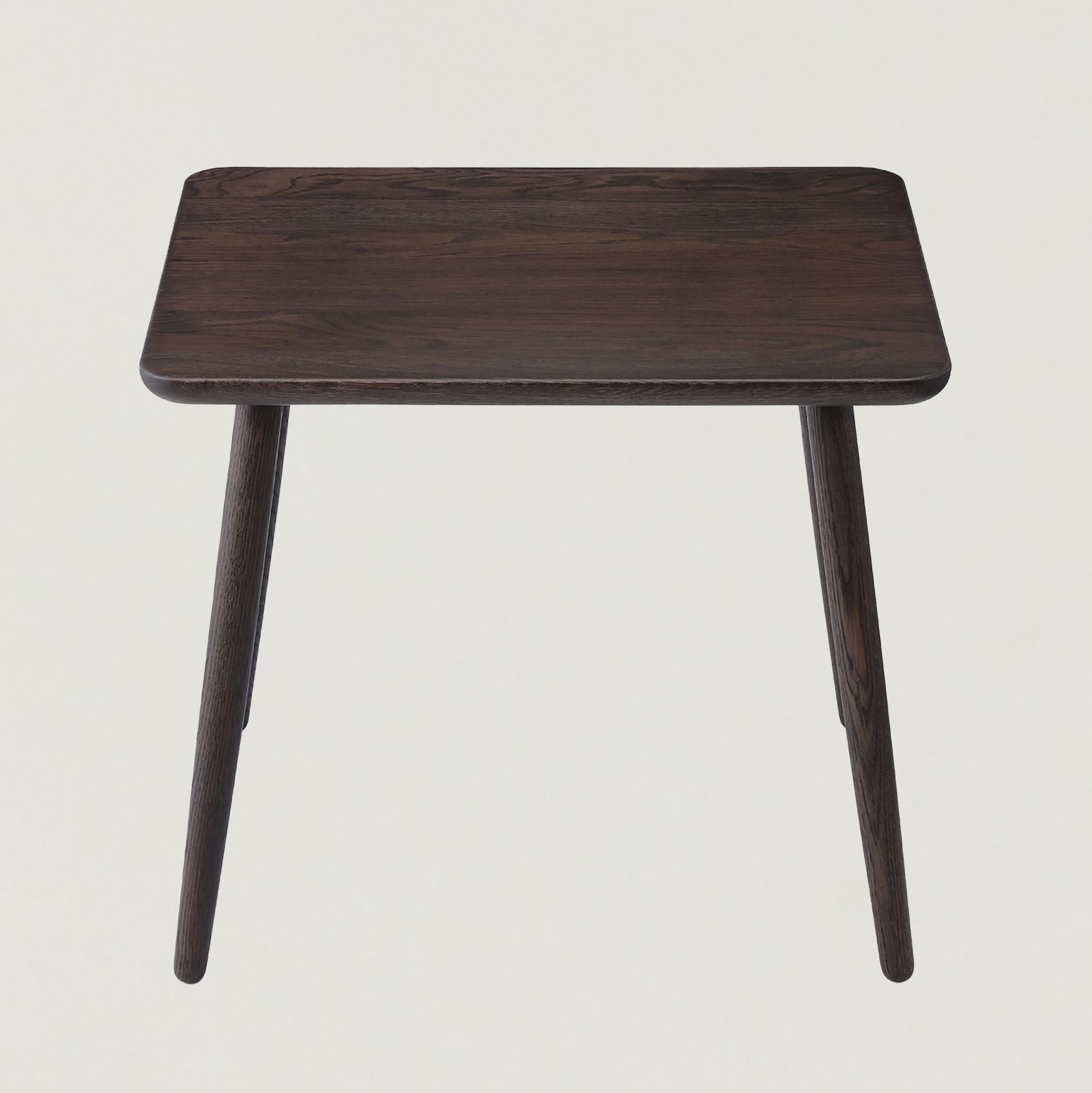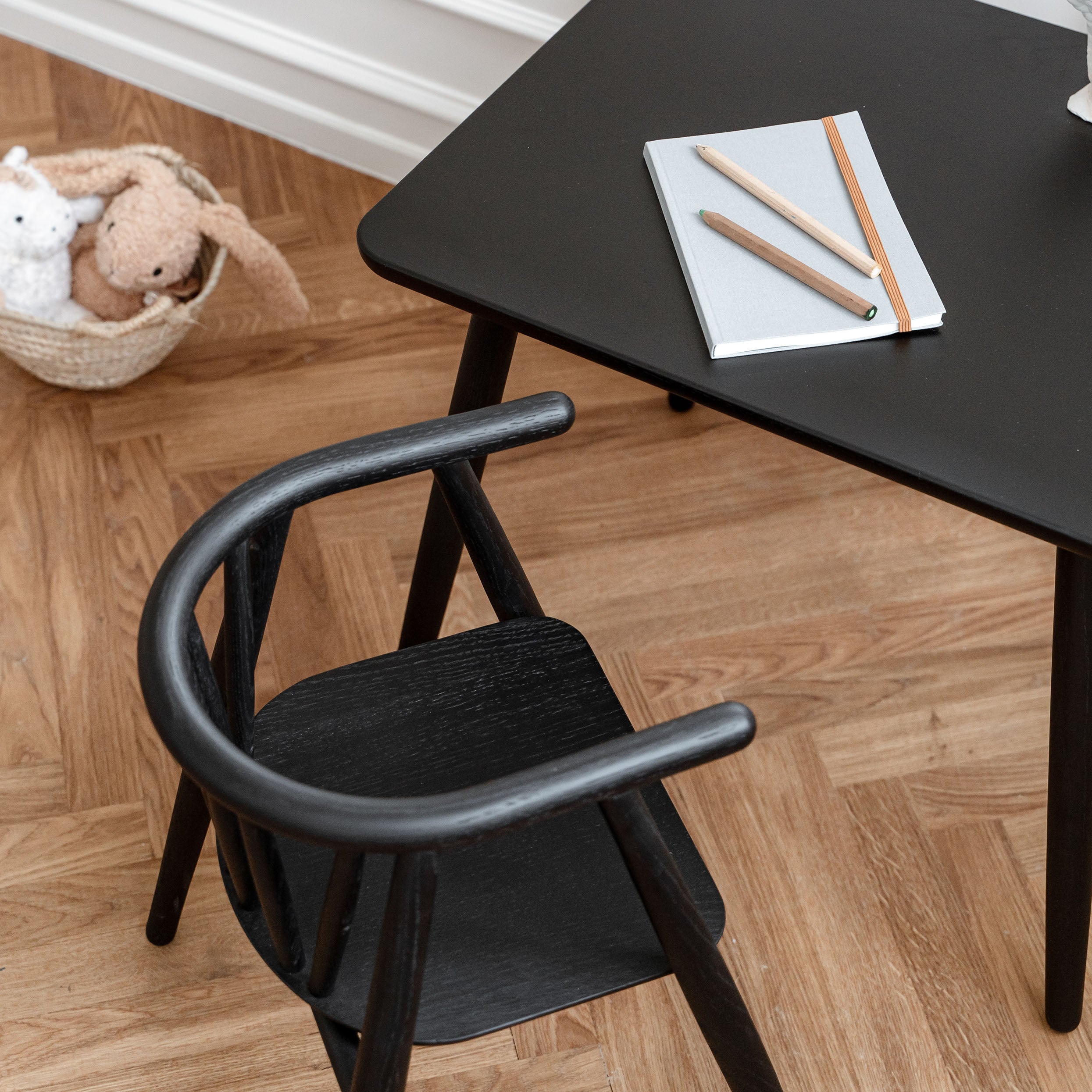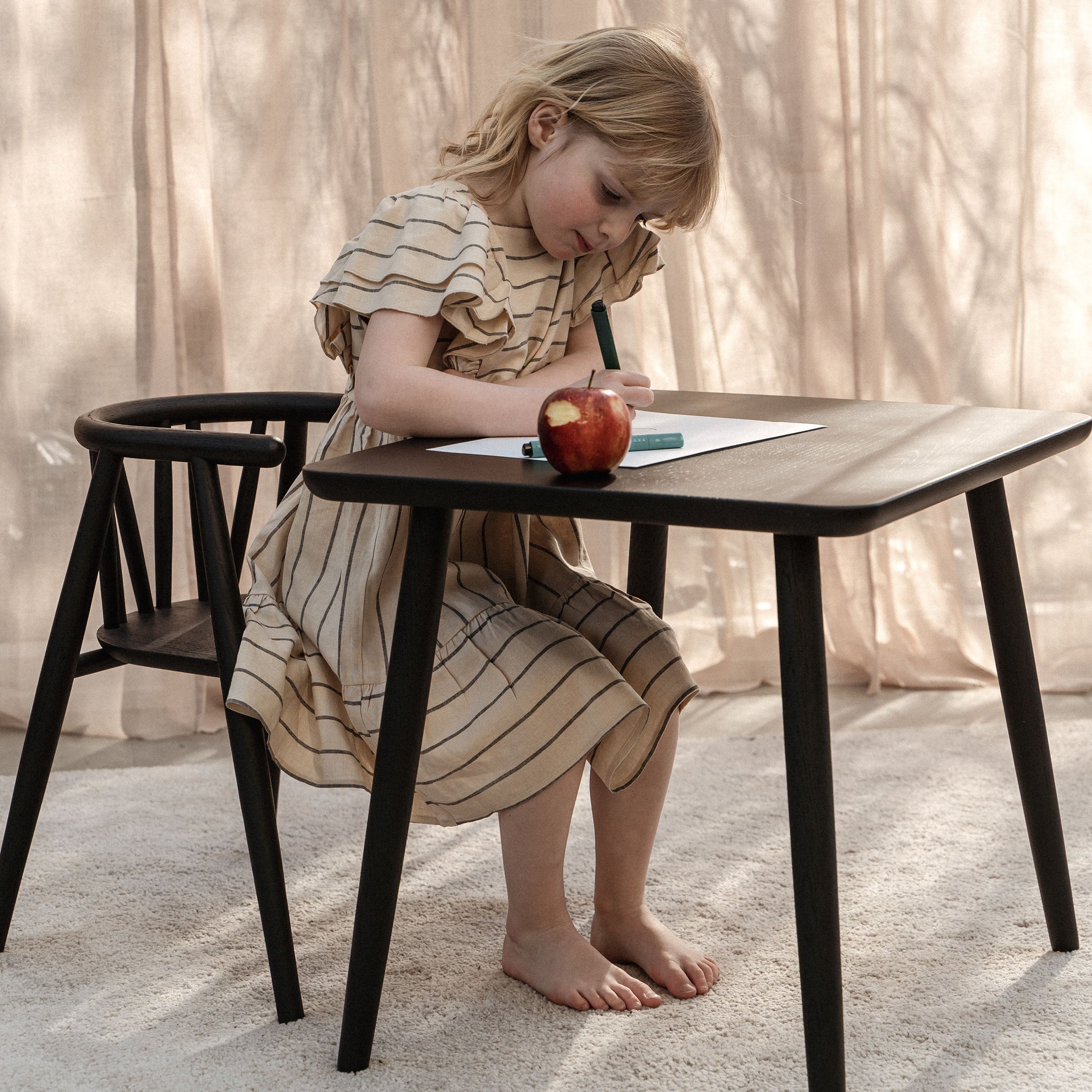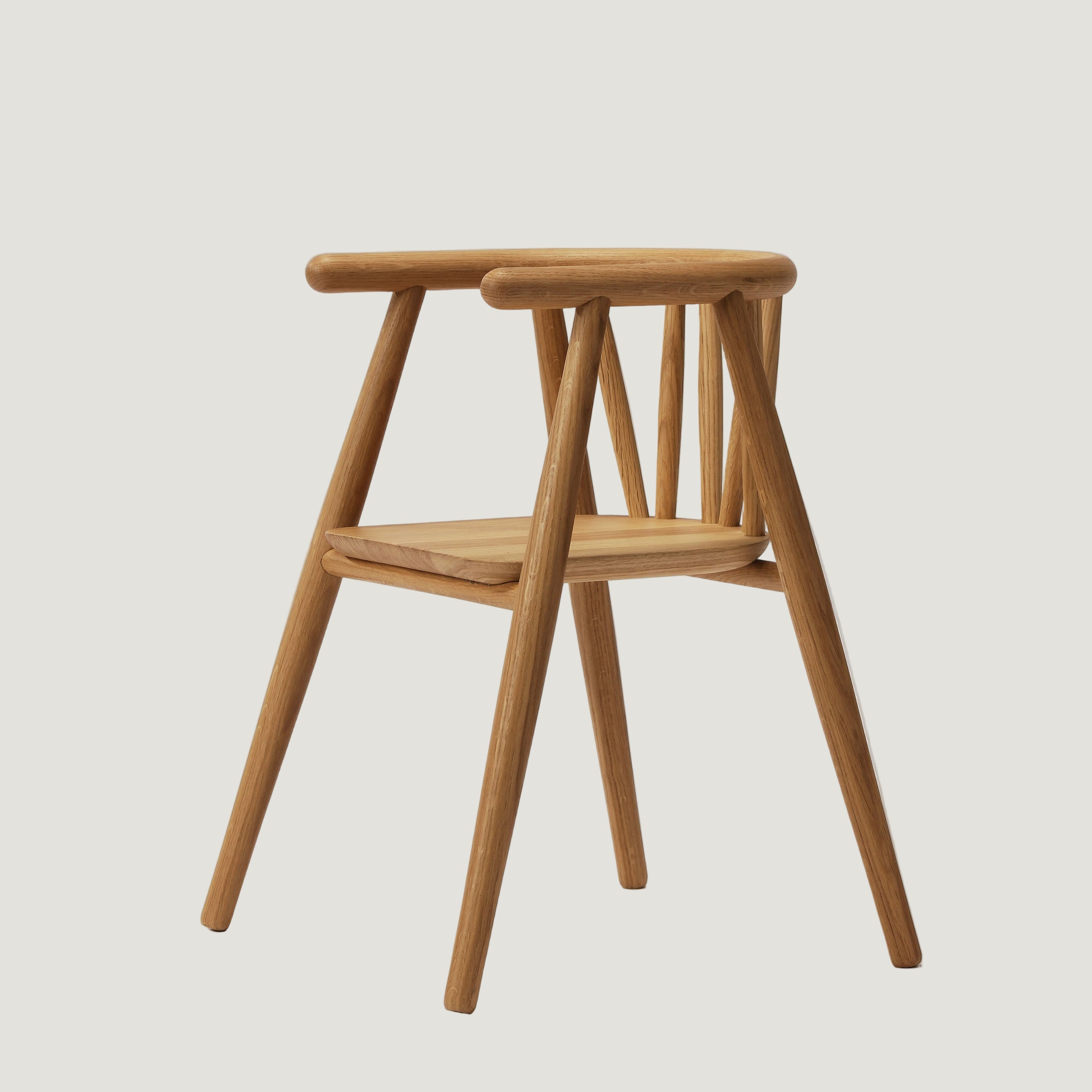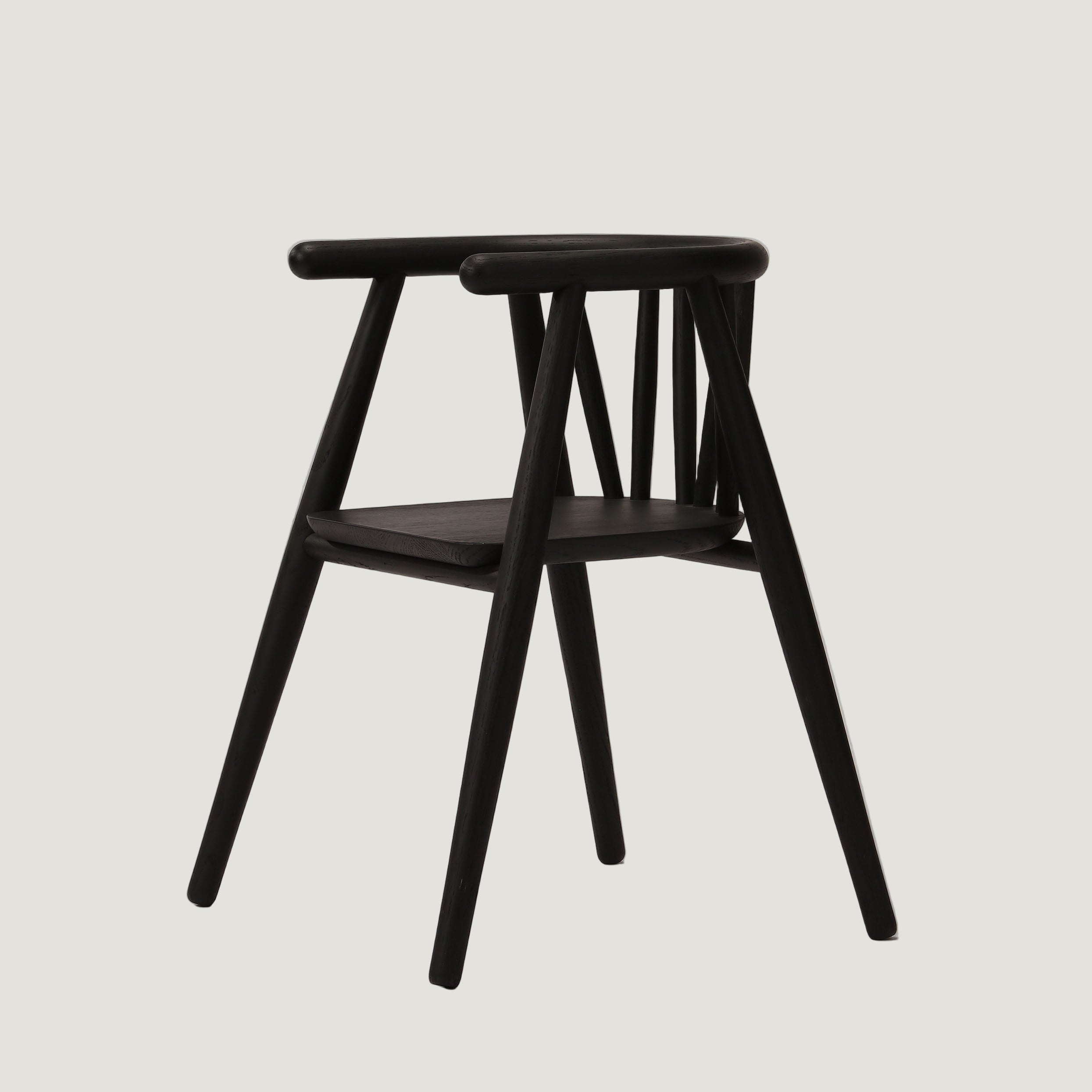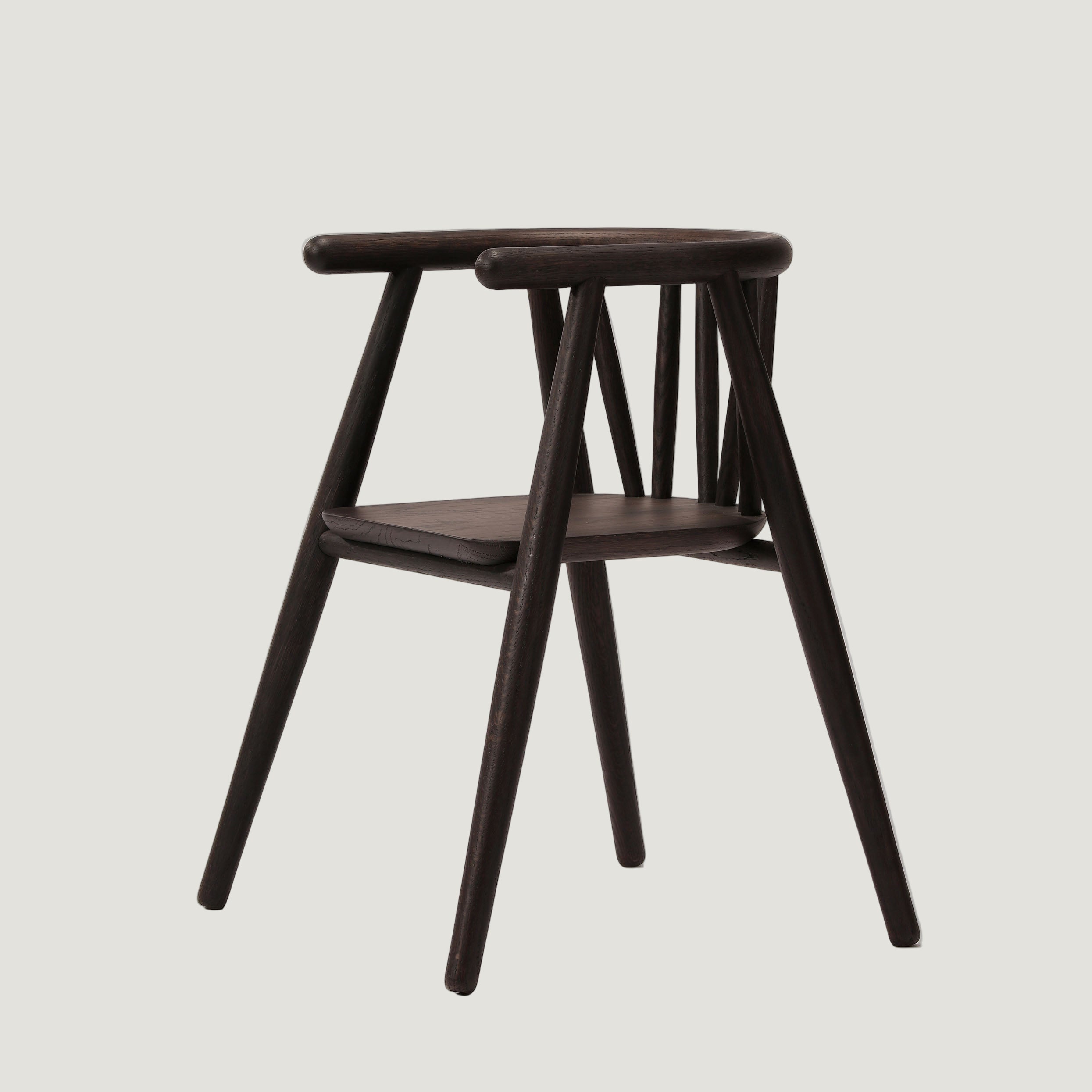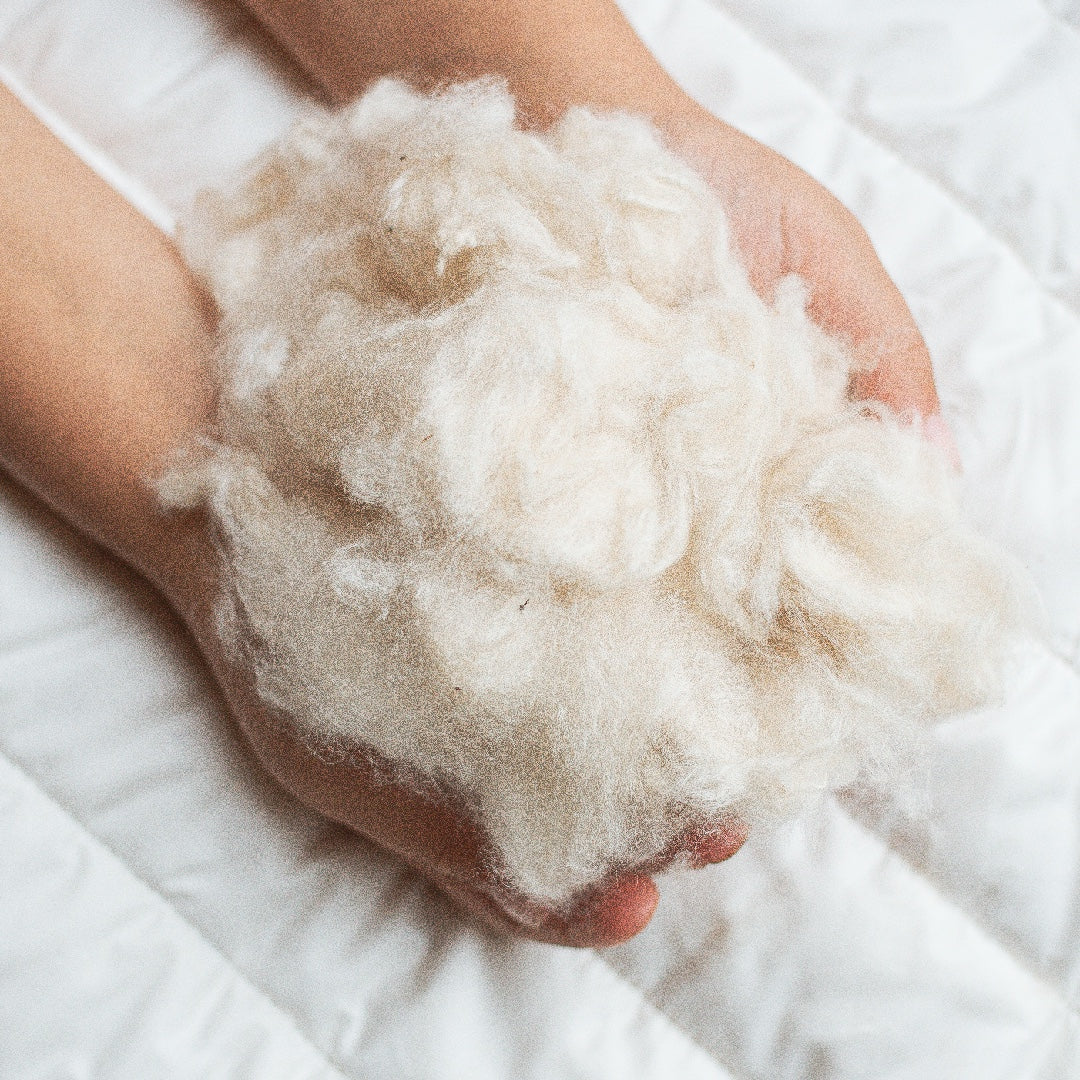How do children learn best? Simply by being allowed to explore on their own. This is exactly where the educational philosophies of Maria Montessori and Emmi Pikler begin – two pioneers who revolutionized our understanding of early childhood. Their approaches are more relevant than ever, offering children what they truly need: trust, time, and space to grow.
Montessori: “Help me do it myself.
In 1907, Maria Montessori opened the first Casa dei Bambini (Children’s House) in Rome. Her philosophy was clear: children don’t need constant instruction – they need an environment where they can learn independently, at their own pace, through real-life experiences.
Core principles:
- Learning by doing, not by lecturing
- Repetition, concentration & order foster inner stability
- Specially designed furniture and materials encourage independence
Classic Montessori-inspired pieces:
- Learning tower / helper stool
- Child-sized kitchen & wash stations
- Montessori shelves (low, open shelving for independent access)
- Sensory learning materials (e.g. color tablets, sound cylinders, sorting trays)
Montessori furniture like the learning tower lets your child be part of everyday life – from cooking to brushing teeth – and experience:
“I can do this myself.”
Pikler: Movement is Connection
Around the 1930s, Hungarian pediatrician Emmi Pikler began developing her own groundbreaking approach to infant and toddler development. In 1946, she founded the Lóczy Institute in Budapest, which became the heart of the Pikler approach.
Her guiding principles:
- Respectful caregiving with attention and presence
- Free movement without interference (no “teaching” to sit or walk)
- Let the child develop at their own pace with loving, secure attachment
Signature Pikler-inspired equipment:
- Pikler triangle (climbing frame)
- Climbing arches & ramps
- Balance boards & platforms
- Soft play mats for free exploration
These items support gross motor development, body awareness, and confidence – without pressure or correction.
Montessori & Pikler – Two Paths, One Goal
Although developed separately, the two philosophies share common ground and complement each other beautifully:
Montessori
✓ Focus on daily life & learning
✓ Learning materials & furniture
✓ Encourages independence
Pikler
✓ Focus on movement & bonding
✓ Movement play equipment & caregiving routines
✓ Builds self-confidence through movement
Together, they offer an approach to childhood where the child is not controlled, but empowered.
The Benefits – For Your Child and For You
Montessori- and Pikler-inspired furniture and play equipment offer more than aesthetics – they foster real, lasting development:
- Independence: Your child joins in and contributes
- Motor skills: Freedom of movement builds strength & coordination
- Confidence: Success through self-discovery, not constant help
- Daily ease: Less frustration, more involvement
- Respectful growth: Your child is guided, not pushed



